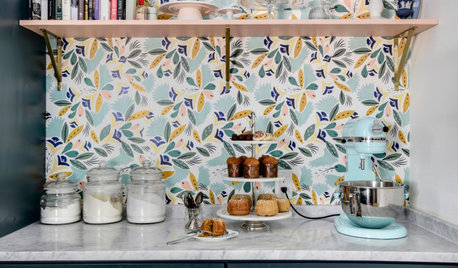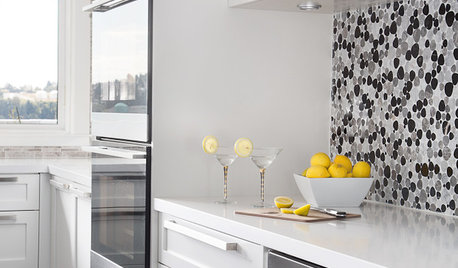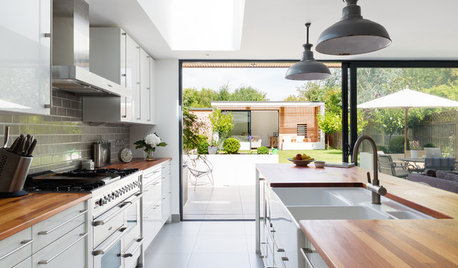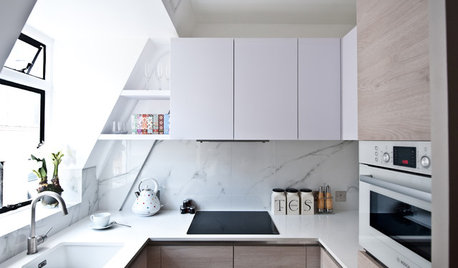What's with the Miele DW energy usage vs. Bosch's 180 kWh??
infohound2006
14 years ago
Related Stories

HOUSEKEEPINGDishwasher vs. Hand-Washing Debate Finally Solved — Sort Of
Readers in 8 countries weigh in on whether an appliance saves time, water and sanity or if washing by hand is the only saving grace
Full Story
KITCHEN DESIGN12 Items Worth a Spot on Your Kitchen Counter
Keep these useful tools and accessories out in the open to maintain high function without spoiling the view
Full Story
KITCHEN DESIGNNot a Big Cook? These Fun Kitchen Ideas Are for You
Would you rather sip wine and read than cook every night? Consider these kitchen amenities
Full Story
KITCHEN DESIGNA Designer Shares Her Kitchen-Remodel Wish List
As part of a whole-house renovation, she’s making her dream list of kitchen amenities. What are your must-have features?
Full Story
THE HARDWORKING HOMESmart Ways to Make the Most of a Compact Kitchen
Minimal square footage is no barrier to fulfilling your culinary dreams. These tips will help you squeeze the most out of your space
Full Story







whirlpool_trainee
59 Dodge
Related Professionals
Fox Lake Kitchen & Bathroom Designers · Frankfort Kitchen & Bathroom Designers · Gainesville Kitchen & Bathroom Designers · Woodlawn Kitchen & Bathroom Designers · Brentwood Kitchen & Bathroom Remodelers · Ewa Beach Kitchen & Bathroom Remodelers · Honolulu Kitchen & Bathroom Remodelers · New Port Richey East Kitchen & Bathroom Remodelers · West Palm Beach Kitchen & Bathroom Remodelers · Dover Cabinets & Cabinetry · North New Hyde Park Cabinets & Cabinetry · Palos Verdes Estates Cabinets & Cabinetry · Parsippany Cabinets & Cabinetry · Universal City Cabinets & Cabinetry · Watauga Cabinets & Cabinetrymrtimewise
aprince
leonardz
59 Dodge
antss
infohound2006Original Author
aprince
mrtimewise
warmfridge
buckydent
mrtimewise
dadoes
whirlpool_trainee
mrtimewise
whirlpool_trainee
aprince
antss
sshrivastava
antss
whirlpool_trainee
mrtimewise
infohound2006Original Author